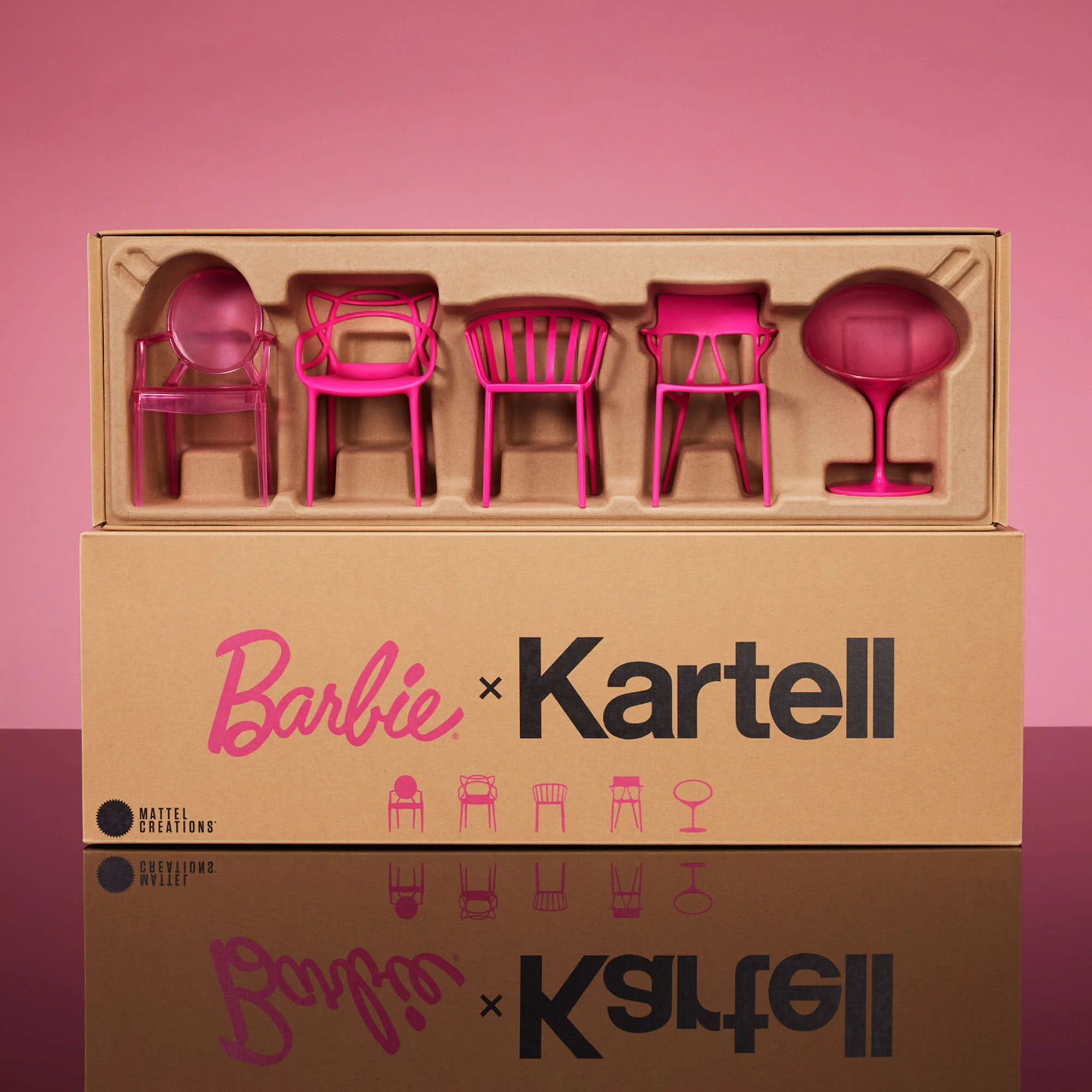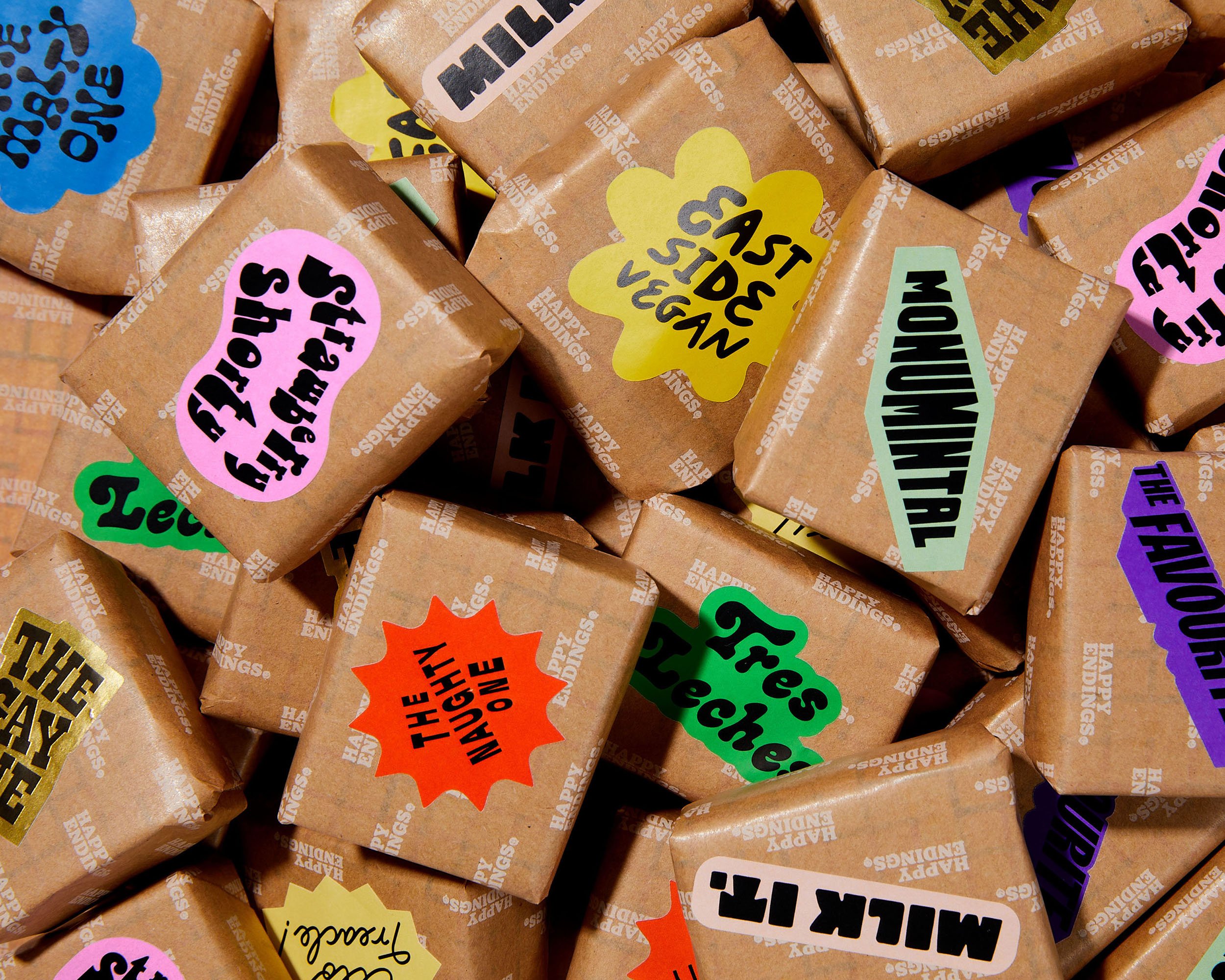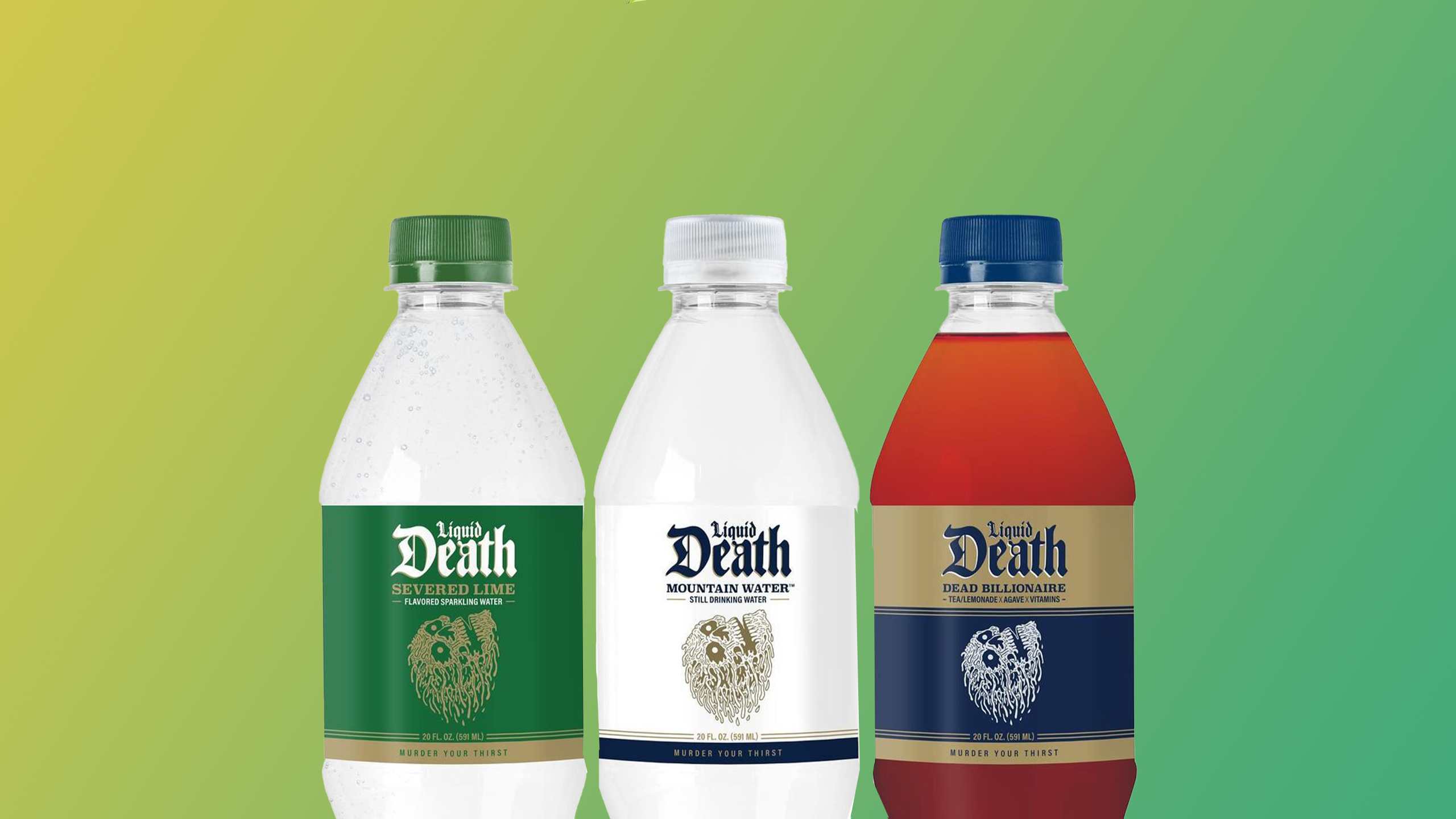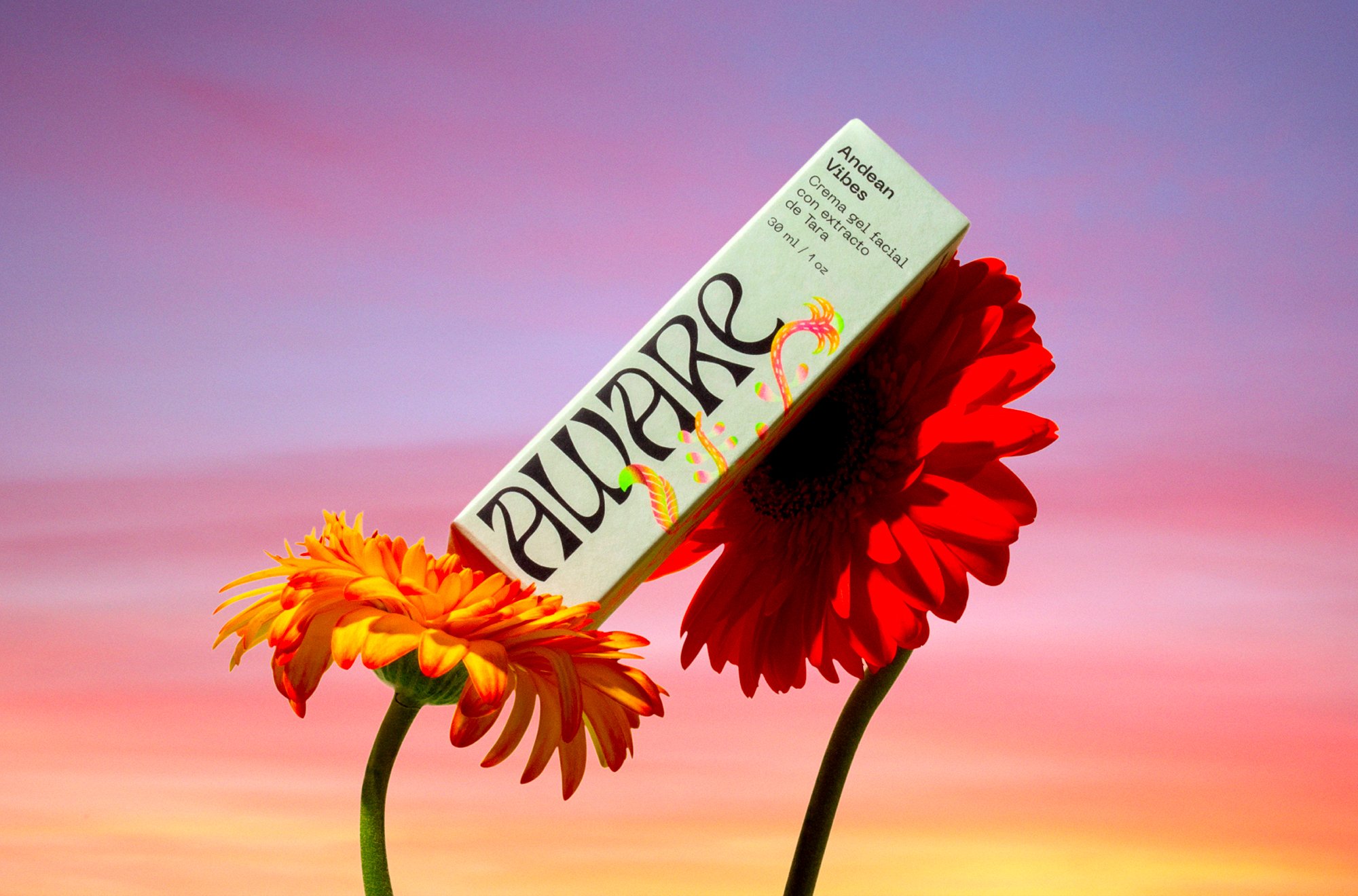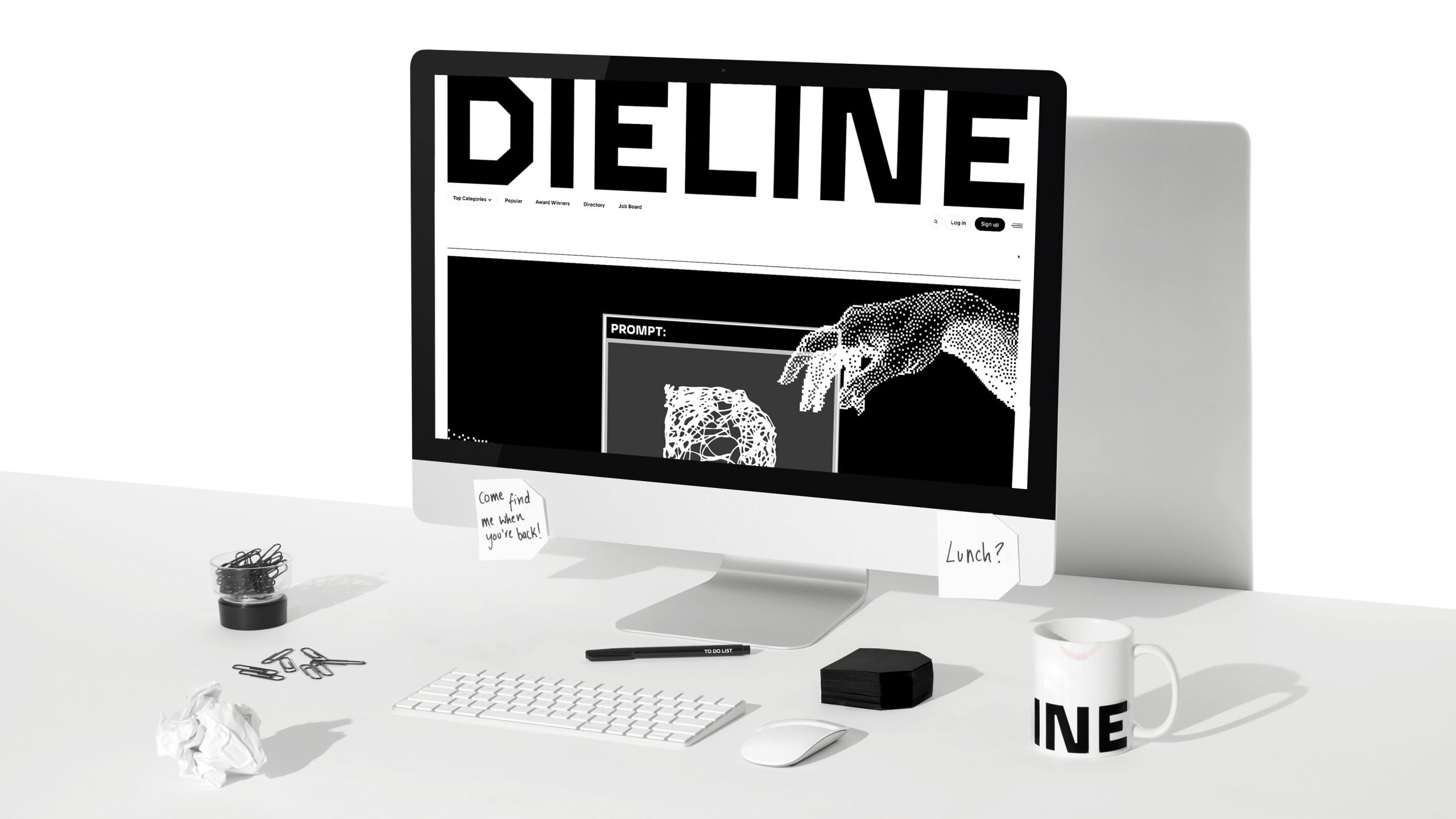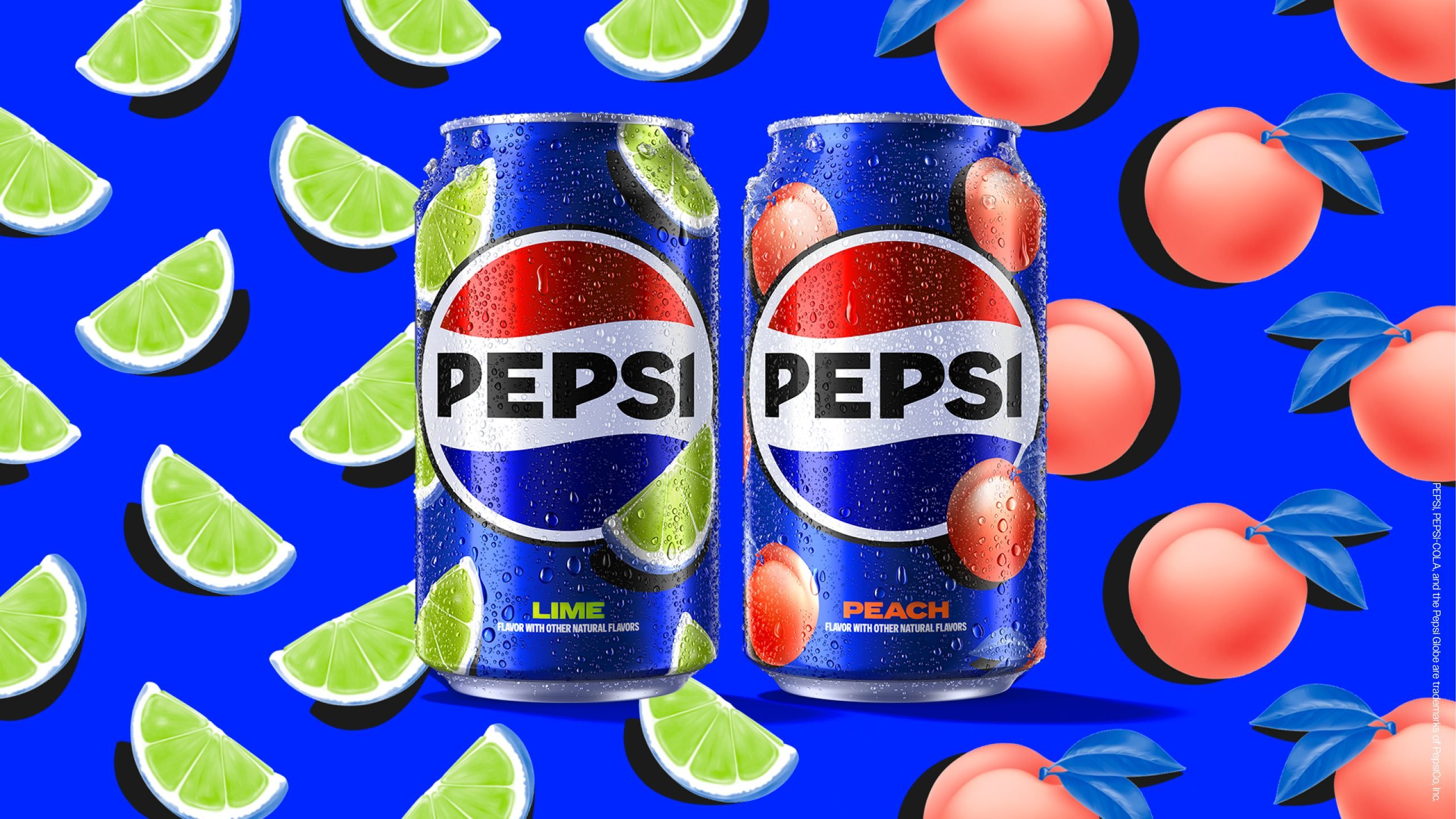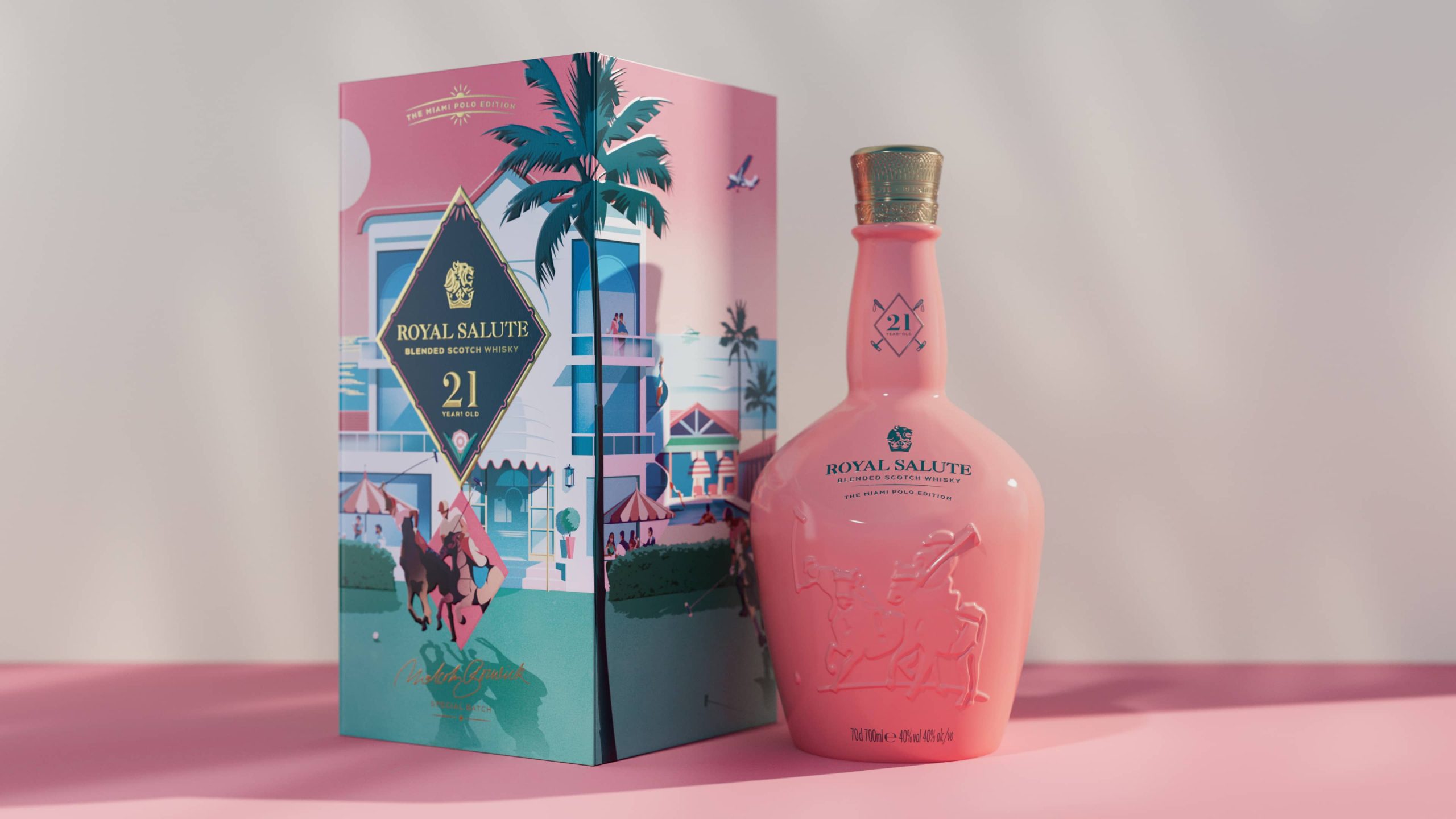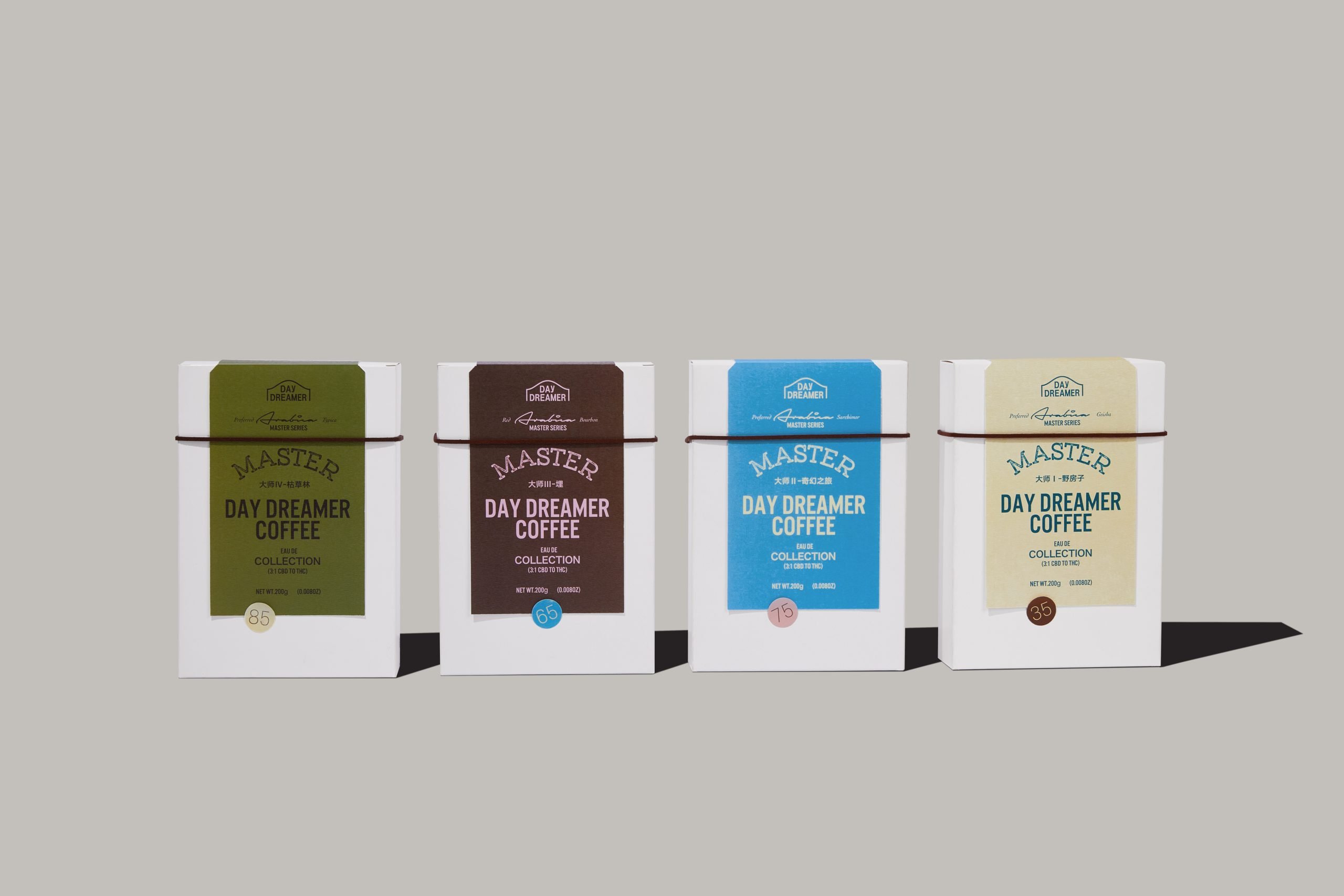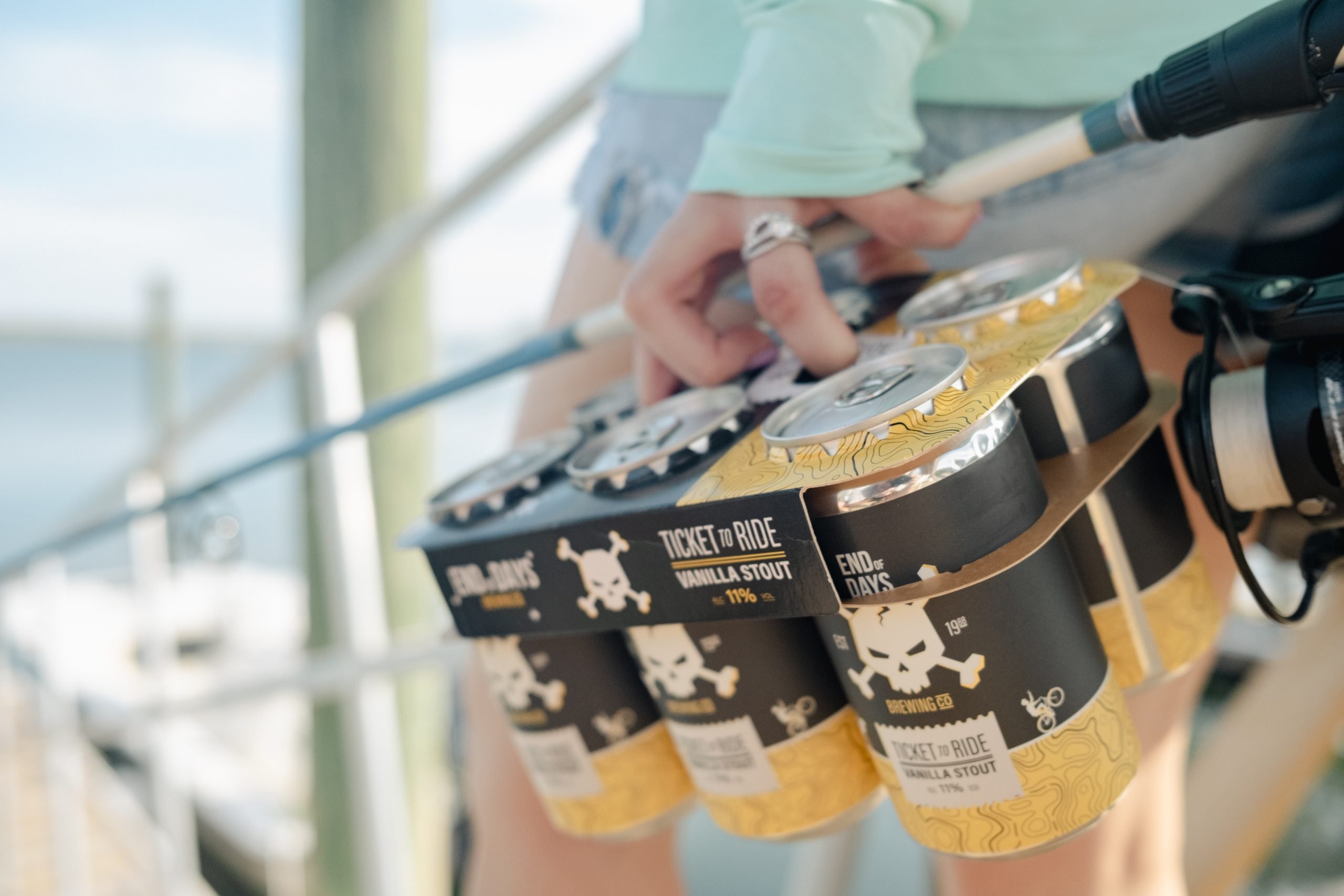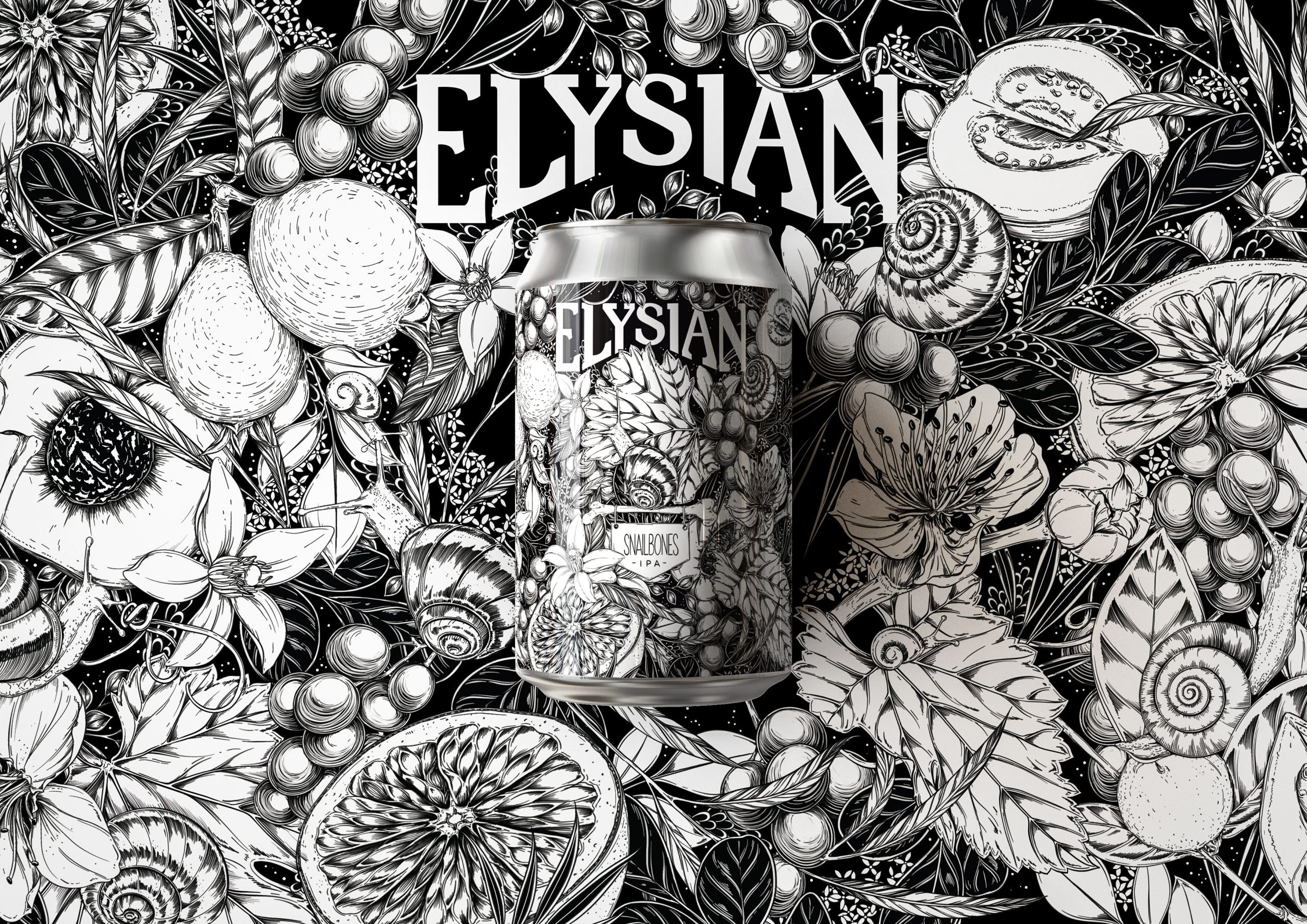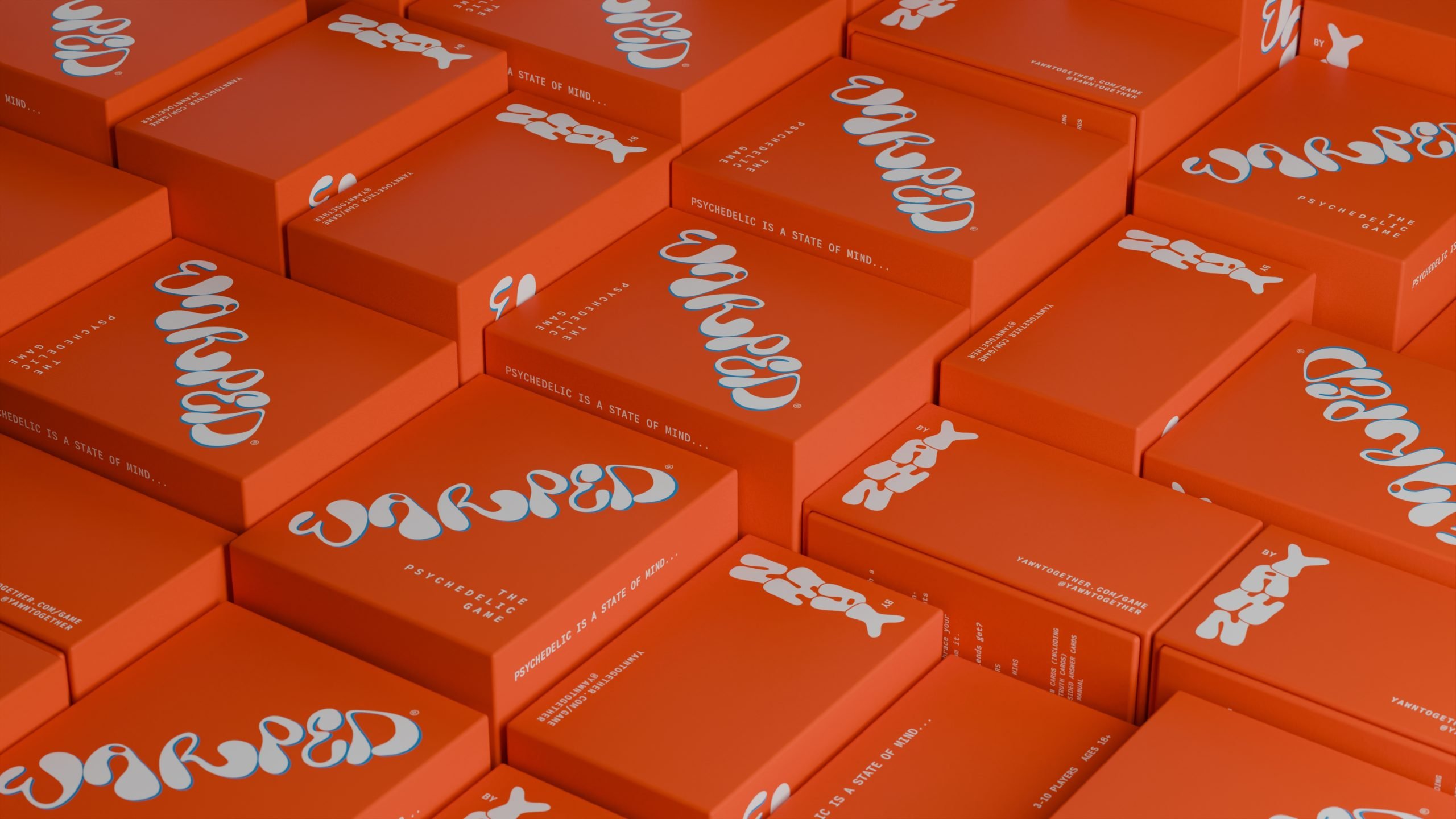Felt-tip marker pens, unlike other kinds of paint and materials, are self-contained, making them highly versatile and easy-to-use, especially when attached to a wall-crawling drawing robot. The downside to this self-contained ink well design is that they often get made with mixed materials and prove difficult to recycle, which makes many of the markers eventually end up in landfills.
The designers of Scribit, a programmable vertical wall drawing device, came to realize how many single-use markers would get used on the tail of the success of their smart doodler. The firm turned to Scribitâs pen designers, Carlo Ratti Associati (CRA), to come up with a more sustainable alternative.
